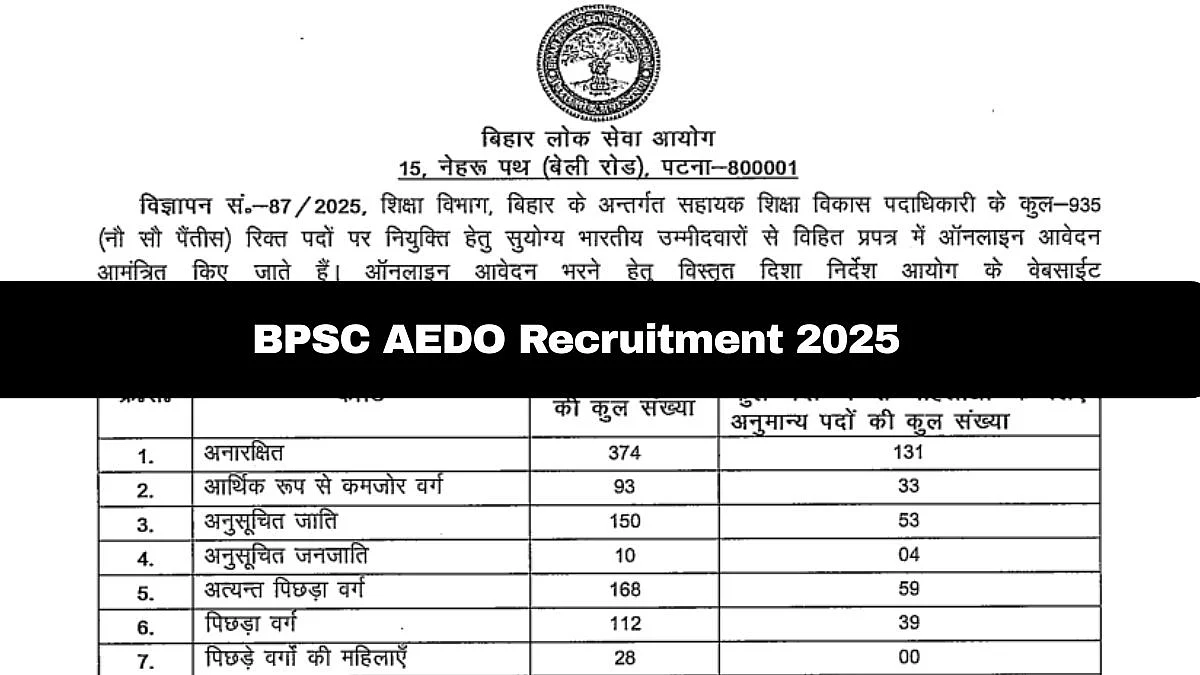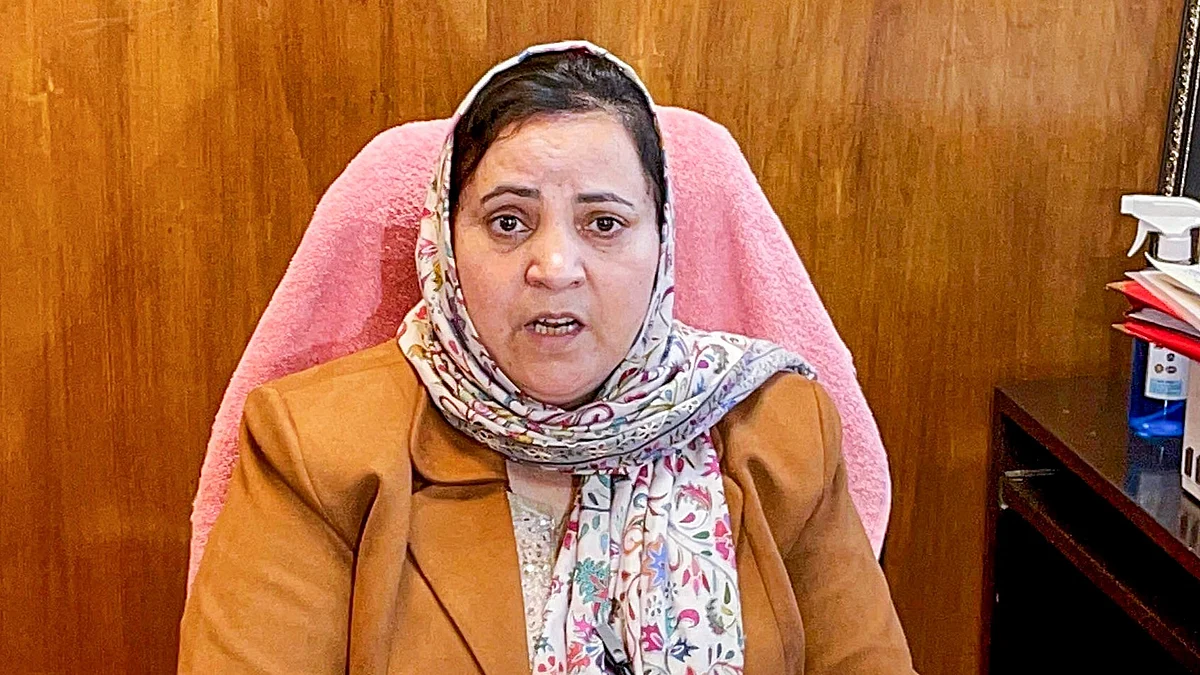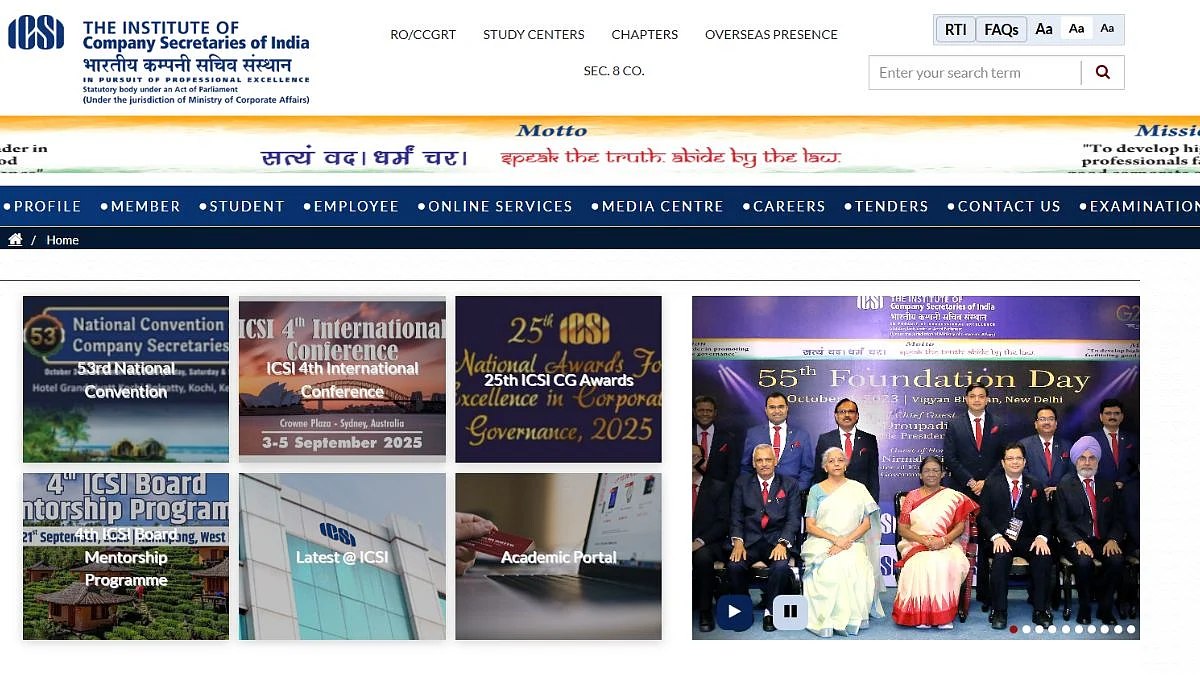(The ApplyInsights Team has issued this analysis, with the most recent government and ApplyBoard internal data to present a thorough picture of trends in the international education industry.)
Swift recovery was the overarching theme of the US Department of State’s recently released annual report on Visa Issuance by Class and Nationality. The new F-1 visa data should be music to the ears of international recruitment offices around the United States. US student visas grew by the largest annual margin seen in over a decade (outside of the pandemic), en route to the highest single-year total of F-1 visas since 2016.
In this ApplyInsights, we break down the driving forces behind this growth, unpack the recent history of fiscal year data, and let you know what the future of this destination market could look like.
The US Department of State issued over 411,000 student visas during the 2022 fiscal year (October 2021 to September 2022). Not only was this a 15% increase from the previous fiscal year, the largest non-pandemic year-over-year increase since 2010, but it was also the highest recorded total seen in six years.
Not including the pandemic-related outlier that was the increase in student visas issued from 2020 to 2021, the United States has generally issued fewer student visas each year than it did the previous year dating back to 2017. We’re seeing that trend flip in 2022.
While the US has a long way to go before rivaling its high mark of over 644,000 student visas issued in FY2015, these numbers inspire confidence that long-term, sustainable growth is ahead. This was the largest year-over-year growth, outside the pandemic, in a decade. Now that international travel restrictions are firmly in the rear view mirror, we can attribute this new growth to factors well outside of COVID-19 deferrals and enrollment backlogs.
It’s worth noting, however, that we continue to see higher growth trajectories from competing destination markets. Canada issued over 420,000 student visas in 2022, a 27% increase over 2021. In the UK, annual growth was 34% in the year ending March 2023.
The Asian markets remain key players in the upward-trending US student visa totals. Seven of the top eight countries that saw the largest increase in student visas issued from FY2021 to FY2022 were Asian.
This table shows the top 10 largest increases in the last year:
Uzbekistan tops this list for the first time ever, while familiar and established names such as Nepal (+85%), Bangladesh (+84%), and Vietnam (+42%) continue to show incredibly strong growth. All four countries hit 25-year highs in student visas issued.
Prior to 2020, the only large destination market that had Nepal on its radar was Australia, where it ranked a top-three source market for Australian institutions. We previously speculated that Australian border closures may have been a direct influence on the sudden surge in Nepali students to the US, but this source market appears to be here to stay.
The US was the most popular northern hemisphere destination for Nepali students in 2022, beating out the likes of Canada, which experienced a spike in Nepali students in 2022, even after Australia’s borders reopened.
The 11th country on the list above? India, which saw an increase of over 43% in student visas issued from FY2021 to FY2022. Over 115,000 Indian students were issued F-1 visas in FY2022, putting the source market in prime position to overtake China as the number one source country for total international students in the US.
Let’s take a closer look at the opposing growth trajectories we’ve seen from the United States’ two international education giants in recent years.
The chart below shows the trajectories of India and China since FY2017:
The US Department of State just barely issued more student visas to Chinese students than Indian students in 2021, leaving many wondering how the numbers would settle post-pandemic. With FY2022 data in hand, it’s clear these two markets are trending in opposite directions.
F-1 visas issued to Chinese students fell by over 35% in 2022, while India experienced its largest single-year growth ever outside of 2021, at over 43%.
It must be mentioned that China’s domestic “Zero-COVID” policy previously made it nearly impossible for many prospective Chinese students to travel to the US to study. These domestic restrictions lasted 12 to 18 months longer than international travel restrictions and could be the main reason for this sharp downward trend. 2023 should provide us with a definitive answer for whether China will rebound or continue to fade.
While the majority of source markets have surpassed their FY2019 totals in FY2022, there are still some playing catch up.
China’s not the only Asian market to lag behind its 2019 total for student visas issued. Hong Kong, Vietnam, Malaysia, Taiwan, Japan, South Korea, and Kuwait all posted below-average numbers for FY2022.
The table below breaks down the 10 largest decreases in student visas issued since 2019:
Despite how slow these markets have been to rebound to 2019 totals, those showing positive growth in the last year are on track to recover as soon as next year. It’s the markets showing a decrease in both change columns that have less of an optimistic outlook.
There were only 11 countries that posted a decrease in student visas issued between FY2021 and FY2022—five of them were Asian.
Additionally, Hong Kong, Taiwan, Turkey, and Kuwait joined China as the only markets that were issued fewer US student visas in 2022 than in 2019 or 2021. It’s likely that these student populations have been impacted by domestic travel restrictions or economic hardship experienced as a result of the pandemic.
And despite the promises made by the US to renew its commitment to supporting international education, prospective students have yet to see these words put into action. Meanwhile, destinations like Canada, the UK and Australia have changed their policies to become more attractive places to study and work.
The US has had one of its best-ever years in terms of student visa volume, but that wasn’t the case for approval rates.
In 2021, the F-1 visa approval rate hit a 10-year high at over 80%, but in 2022 that trend flipped the other way. Just 65% of F-1 visas were approved in 2022.
The chart below shows the change over the last 11 years:
The good news here is that the US was able to achieve a six-year high in F-1 visas issued in spite of producing the lowest approval rate since 2018.
It’s worth noting that the student visa approval rate, while historically low for the US, is actually higher than its neighbour to the north in 2022 (57%). What’s more, a lower approval rate in the short term may actually benefit the US in the long run.
The absence of specific data on visa denials by country prevents us from pinpointing the root of this approval rate decline. However, it’s possible that the decrease is a partial product of high-potential international student markets, like Nigeria and India, increasing their volume of applications to the US.
It’s well known that some of Africa’s largest and highest-potential student markets—and to a lesser extent, India—often come with the caveat of higher refusal rates. These applications could be bringing the average approval rate down even as they drive up the number of F-1 visas issued.
More African students were awarded F-1 visas in 2022 than ever before.
Nigeria and Ghana will be particularly interesting to watch over the next couple of years—both were issued the most student visas in their histories in 2022.
As the US grows in popularity among African and Indian students, the short-term trade-off may be slightly lower approval rates. But the long-term benefits could help fast-track the recovery of the US international education sector.
The US international education sector is on its way to a full recovery. The combination of a six-year high in F-1 visas issued, the largest annual increase in a decade (outside of the pandemic), and the emergence of several high-potential source markets build the foundation for an optimistic outlook.
Looking at Australia, Canada, and the UK, it’s clear that students are pursuing international education at higher levels than we’ve ever seen. In order for the US to not only recover to its FY2015 peak, but hold onto its title of most popular study abroad destination, post-graduation work opportunities will be a vital component of US institutions’ offerings.
The US 2023 National Export Strategy (NES), which was recently released to Congress, includes a new chapter on the international education sector that acknowledges this. The chapter outlines actions that the US government is pursuing to better equip international students to succeed after graduation. An investment in strong student support services and a focus on postgraduate work opportunities will put the US education industry in a position to succeed long term.
Moving forward, ApplyInsights will be monitoring the development of this strategy to gauge how it benefits the international students it is designed to support.











